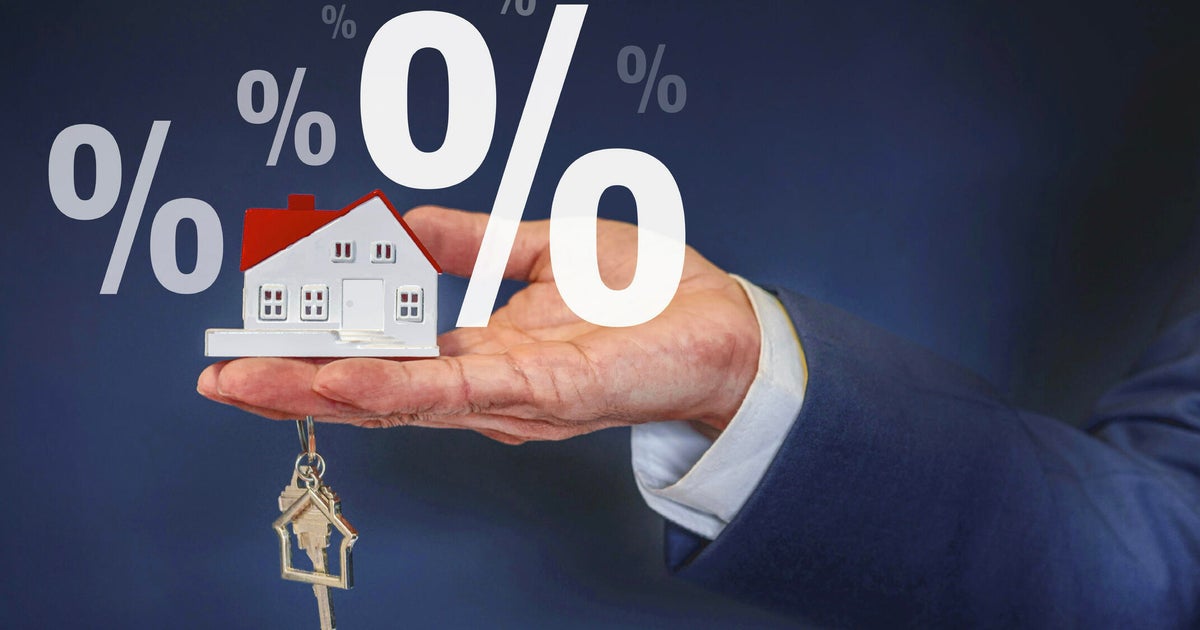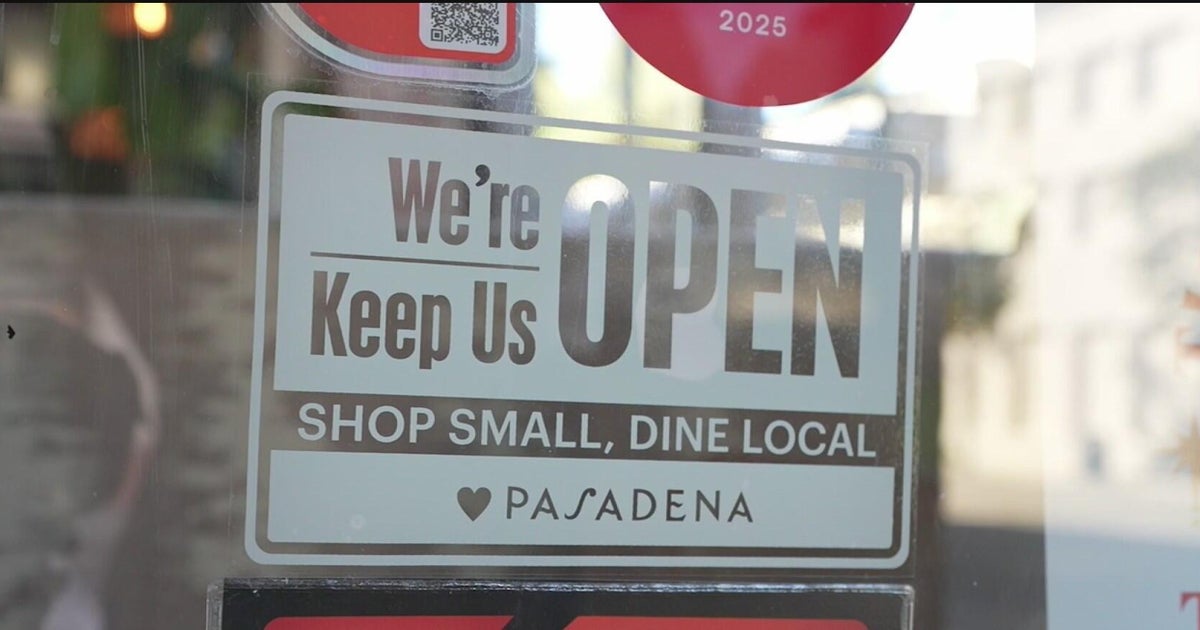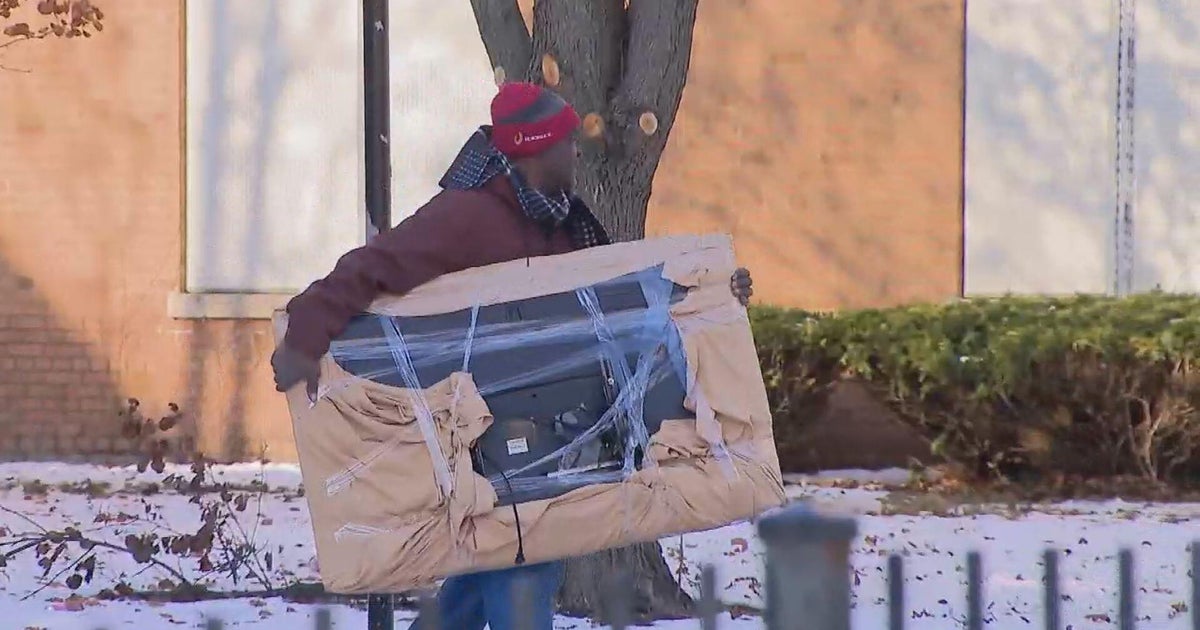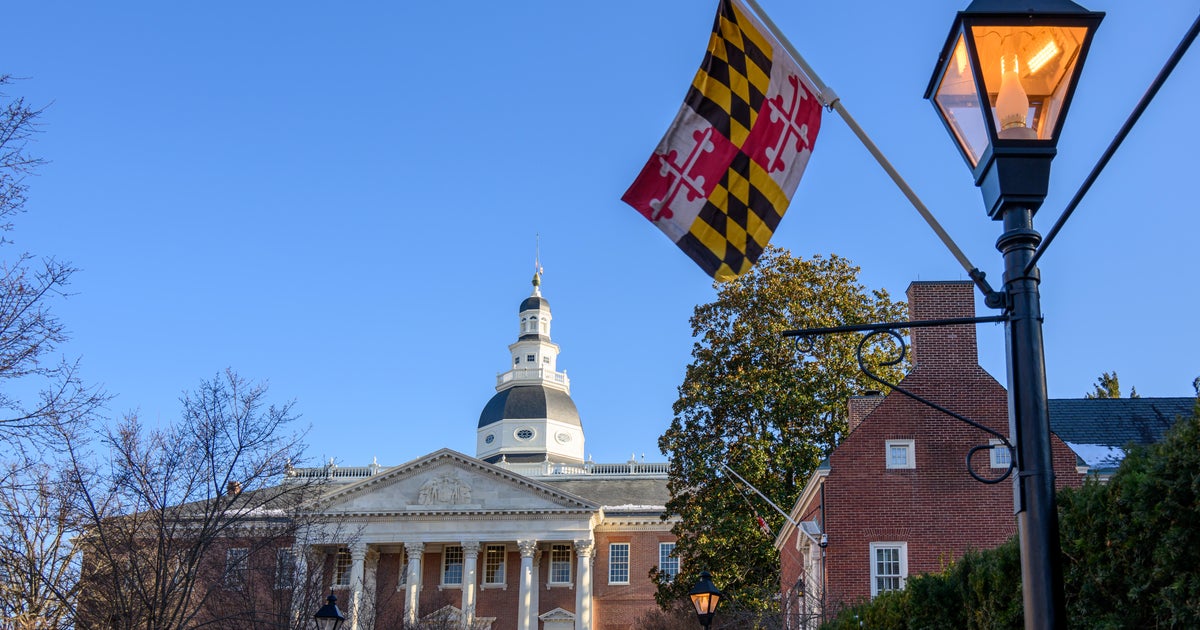Fed Takes Small Steps To Boost Economy

More worried about the recovery, the Federal Reserve took a small step Tuesday to bolster the economy.
Wrapping up a one-day meeting, the Fed said it will use the proceeds from its investments in mortgage bonds to buy government debt on a small scale. That could help nudge down long-term rates on mortgages and corporate debt, but won't likely have a dramatic impact on stimulating growth, economists say.
Perhaps more importantly, the largely symbolic action sends a signal that the Fed sees the recovery weakening and that it stands ready to take more aggressive action, if needed, to keep it on track.
Delivering a more downbeat assessment, the Fed now believes economic growth will be "more modest" than it had anticipated at its late June meeting.
The Fed, citing "subdued" inflation, said it would keep its target for a key interest rate at zero to 0.25 percent for a "extended period."
The Fed's focus again on energizing the recovery is a shift from earlier this year, when it was starting to lay out its "exit strategy" for eventually boosting interest rates.
Investors reacted positively to the statement. Stocks that were down sharply before the announcement made up some lost ground. The Dow Jones industrial average, down about 102 points just before the Fed decision, was down about 14 points a short time later. However, the market was likely to fluctuate, as it usually does while investors pore over the Fed's statement.
"They seem to have quite a handle on what's going on, which is what you want them to do," said Robert Pavlik, chief market strategist at Banyan Partners LLC in New York.
Treasury prices rose slightly as investors were pleased by the Fed's plan to buy government debt, which would reduce the amount of Treasury securities in the market. The yield on the Treasury's 10-year note, which moves in the opposite direction from its price, fell to 2.78 percent from 2.82 percent just before the announcement.
Rates fell, in part, because the Fed said it would use the interest it's earning on mortgage bonds to buy more Treasurys, and that it would buy an equal amount of government debt as existing bonds mature. The net effect is to keep its balance sheet steady, while shifting its holdings into more government debt.
In 2009 and early 2010, the Fed bought $1.25 trillion in mortgage securities, $175 billion in mortgage debt from Fannie Mae and Freddie Mac, and $300 billion in government debt as part of two crisis-era programs.
Economists doubt the Fed can turn around the economy on its own. Some believe additional help from Congress is needed. Others are skeptical that easier credit or even more government aid will persuade Americans to shop more and hire more. Yet others think some jobs -- like in construction -- will never return to pre-recession levels, as the economy makes a structural shift.
Thomas Hoenig, president of the Federal Reserve Bank of Kansas City, dissented for the fifth straight meeting. Hoenig believes the "economy is recovering modestly" and didn't need the extra help. He raised concerns about the Fed's decision to buy government debt again and he continues to object to the Fed's pledge to keep rates at record lows for an "extended period."
The Fed said the recovery's pace had slowed in recent months, a downgrade from June when it observed that the recovery was "proceeding." The Fed also said employment has slowed, too. That also was a more pessimistic assessment from June, when the Fed said that the labor market was improving.
High unemployment, lackluster income growth, sagging home values and tight credit are all restraining the pace of consumer spending, usually a major source of powering the economy, the Fed also said. Businesses, meanwhile, are reluctant to hire and commercial real estate is weak, other drags on the recovery.
(Copyright 2010 by The Associated Press. All Rights Reserved.)







